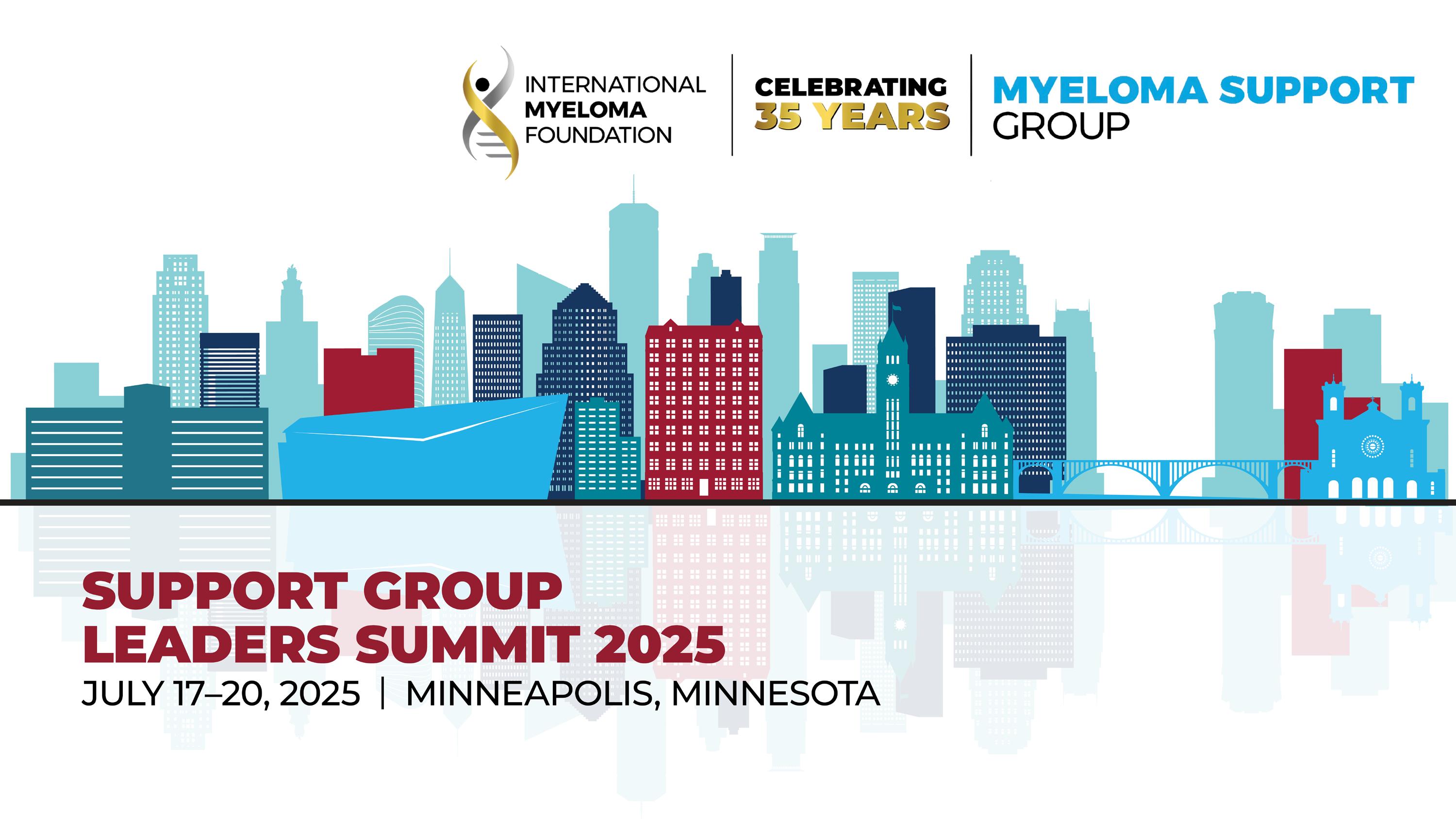
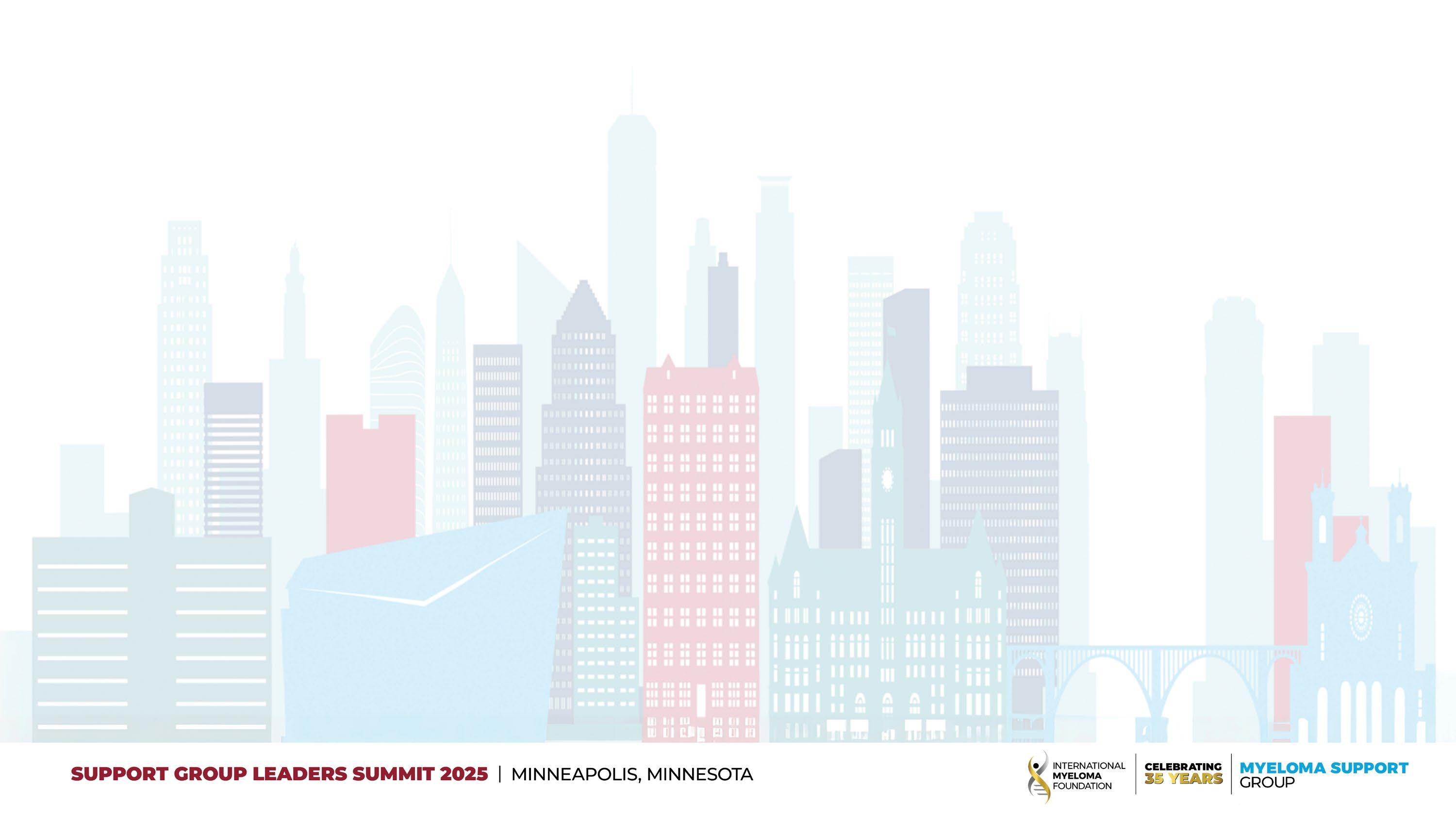



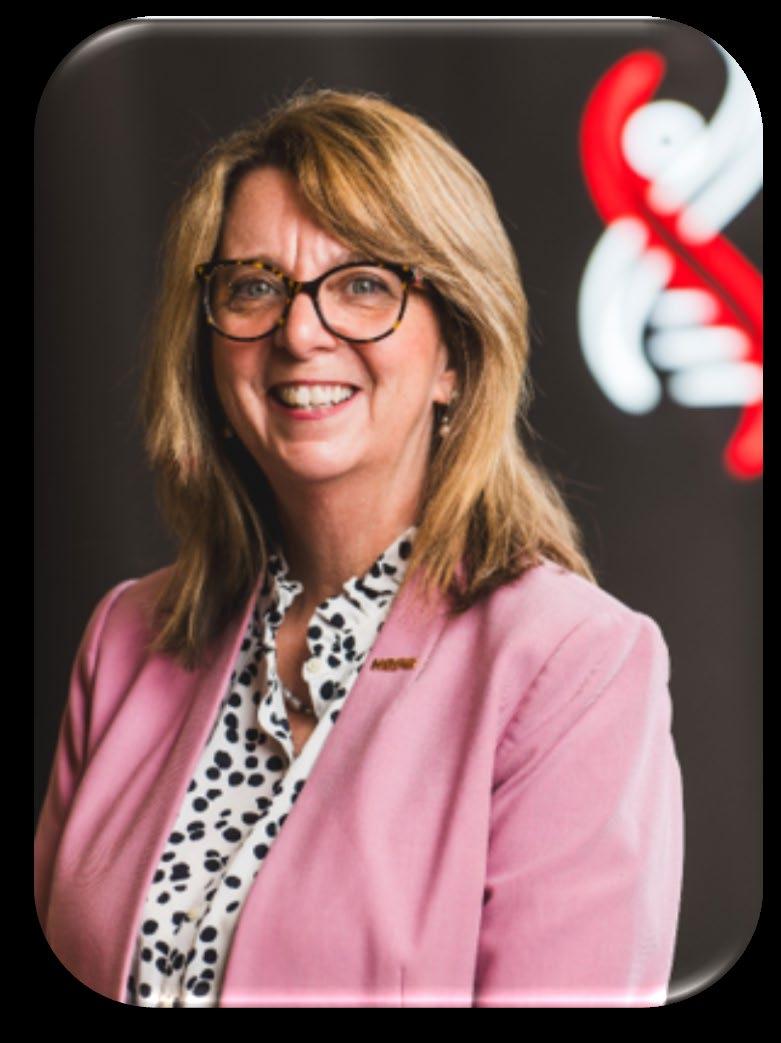

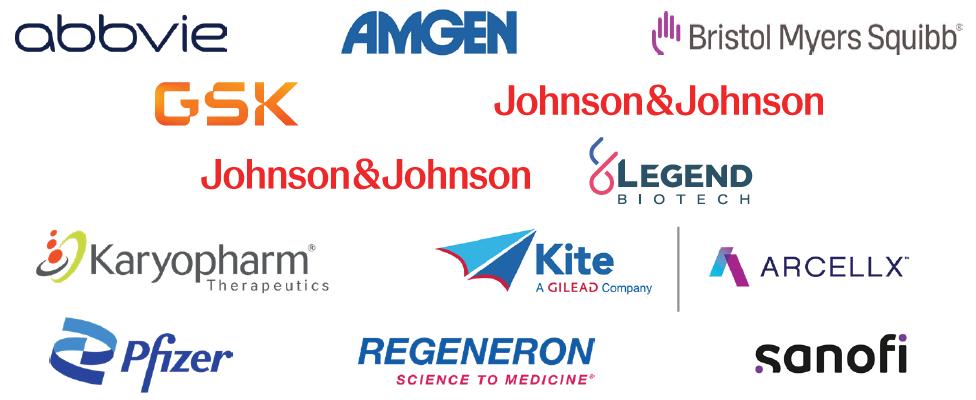




Please use this QR code for Sunday’s


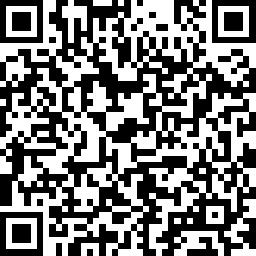


Barry E. Knight
Leadership Strategist & Systems Thinker BEK Impact Co.



“Leading Transformational Change!”




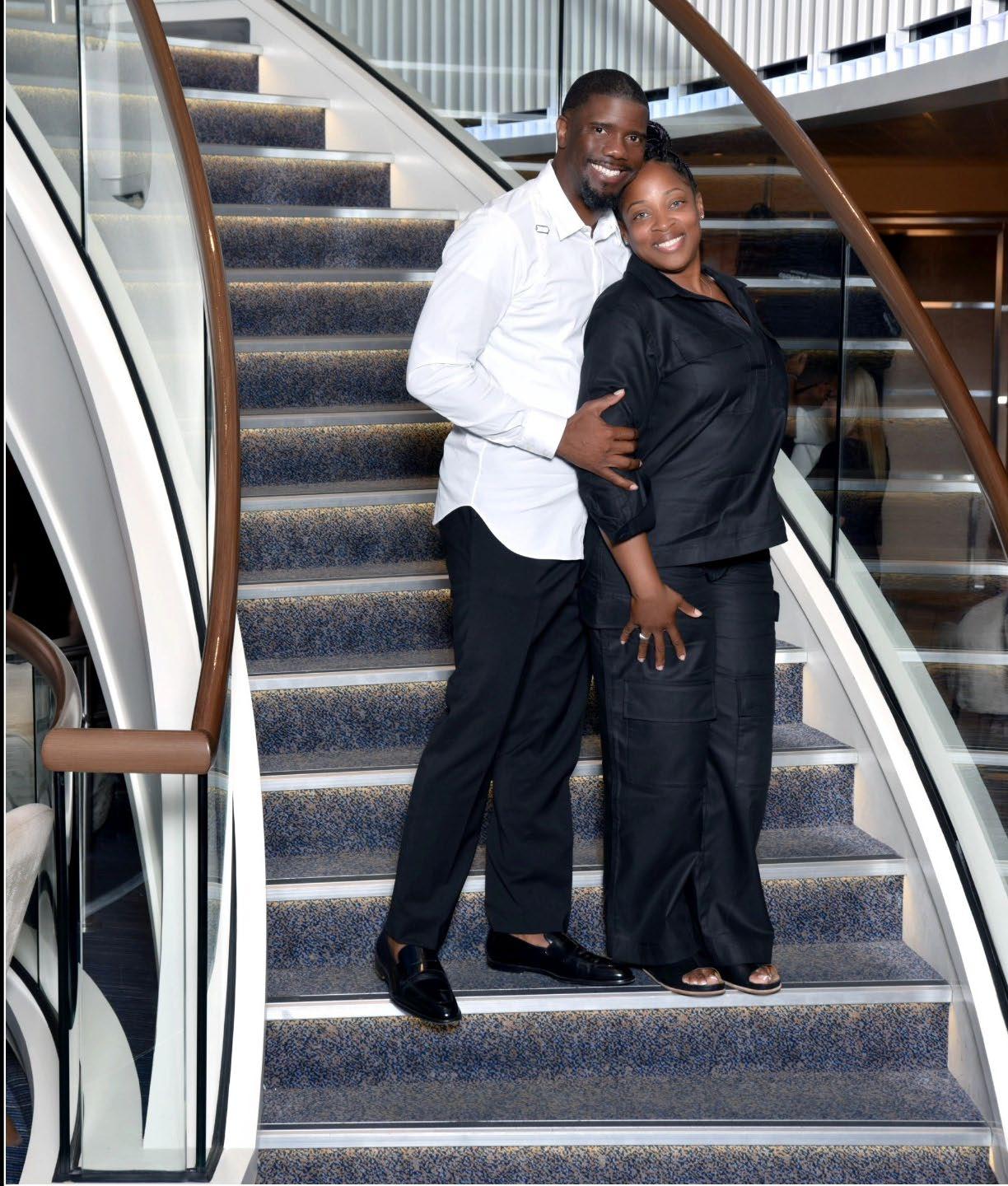


Leadership Strategist, Teacher, Executive Coach, Systems Thinker
I help executive leaders in public serving organizations become better leaders, solve organizational problems, and drive transformational change faster and more effectively.

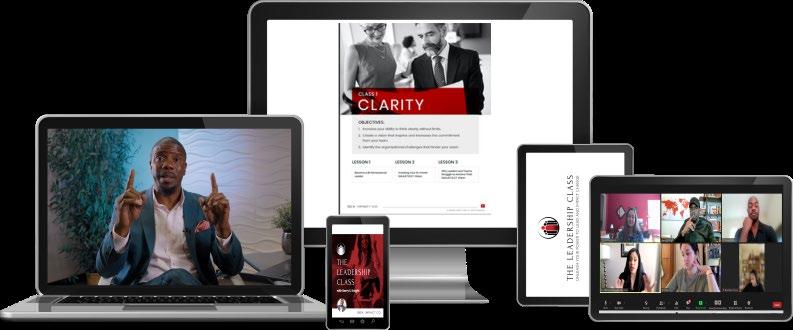
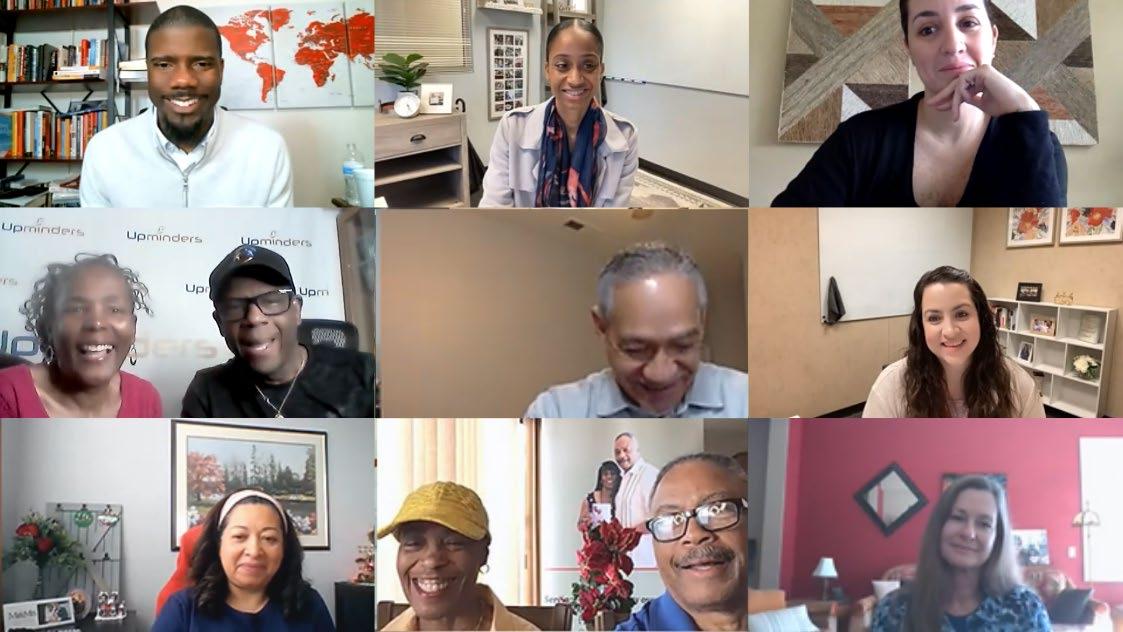
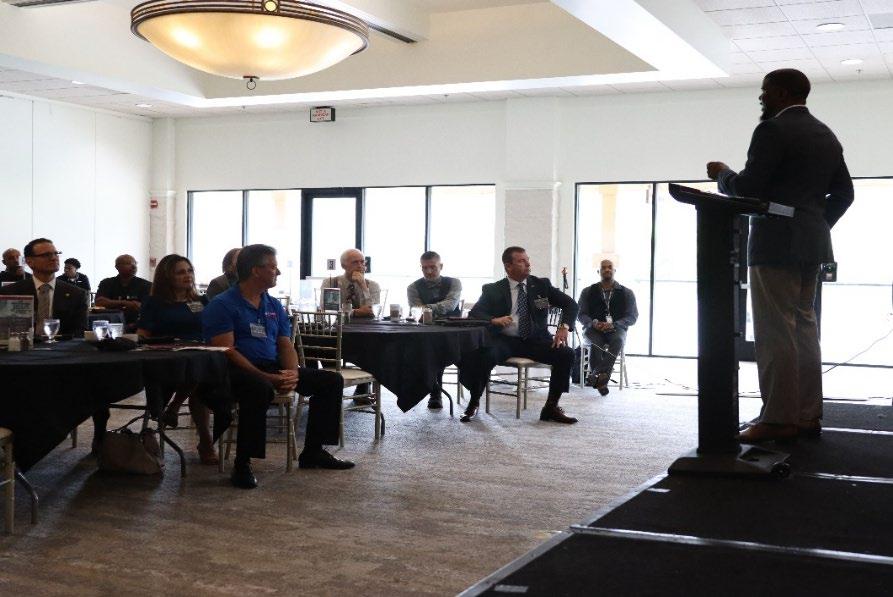
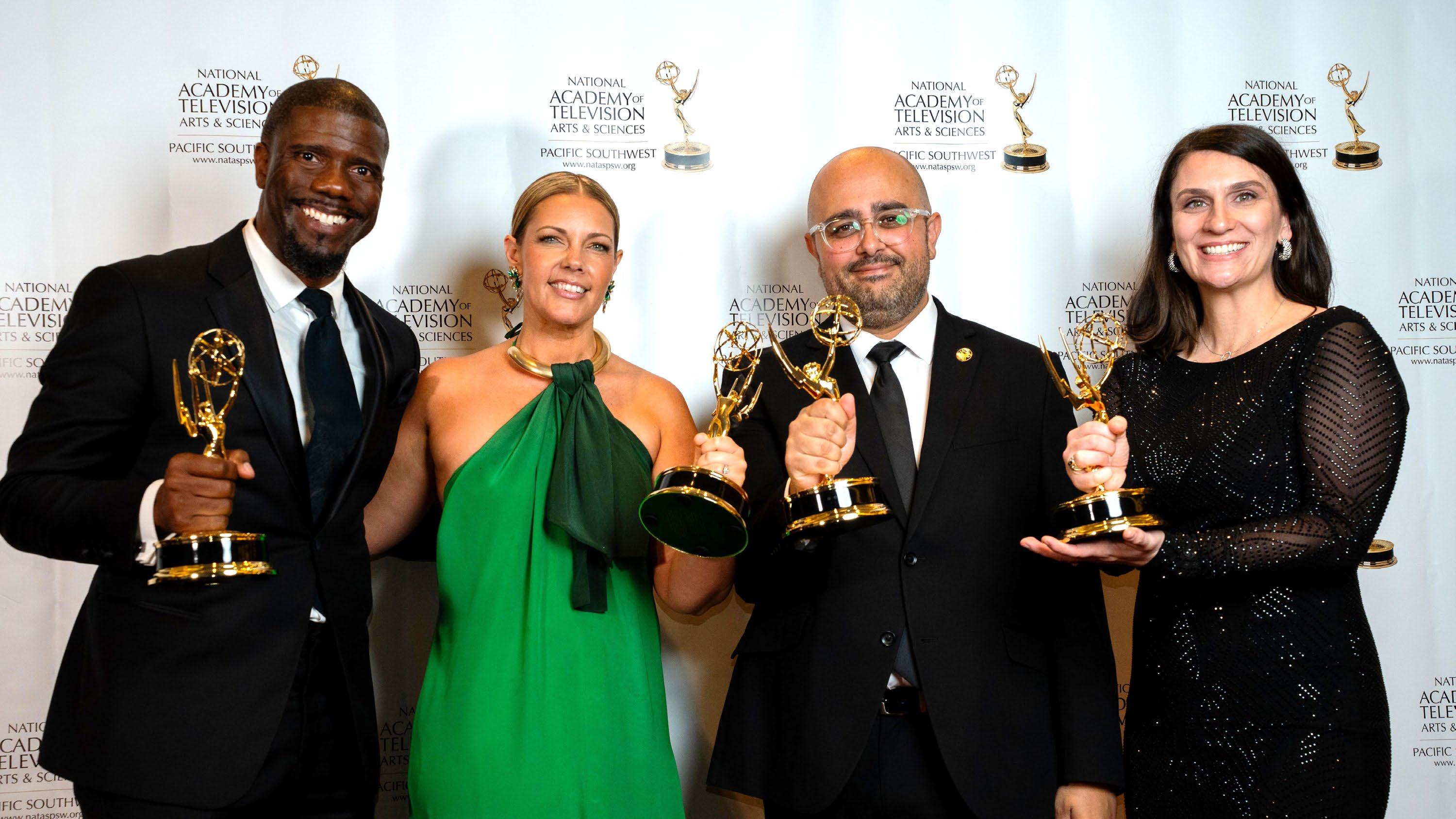
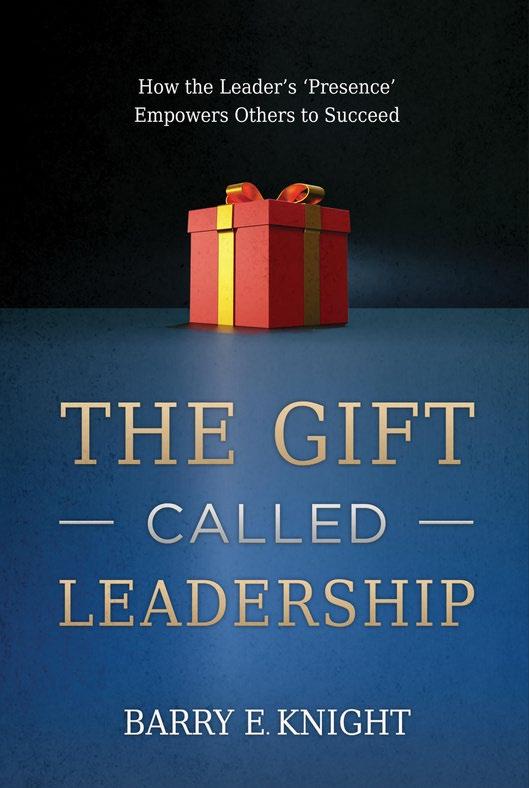

Author of the book, “The Gift Called Leadership: How
the Leader’s ‘Presence’ Empowers Others to Succeed!”


• The Spirit of Leadership
• Leadership is a Gift (for them)
• S.M.A.R.T.E.S.T. Goal
• Problem Identification Framework
• How to Make Toast
• Building a Strong Organizational Culture and Identity

“Whether your organization is healthy, dysfunctional, or stuck…it always acts like its leader!”


“Leading Transformational Change!”
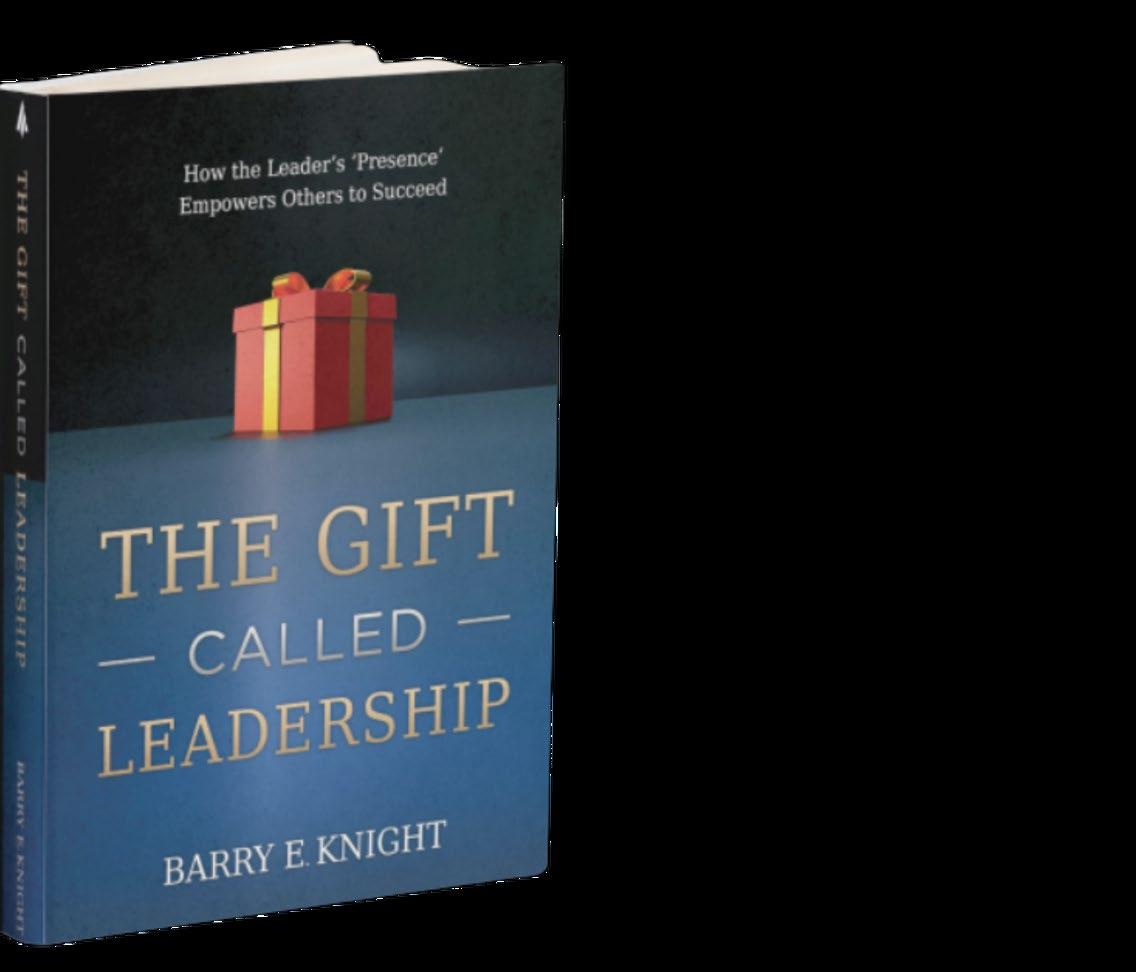
TheConvictingPowerthatmovesusto sayyestothevision,work,andriskof makingthingsremarkablybetterfor
TheConvicting Power that moves us to say‘Yes’tothe vision,work, and risk of makingthings remarkably better for others.”

TheConvicting Power that moves us to say‘Yes’tothe vision,work, and risk of makingthings remarkably better for others.”

TheSpiritof
TheConvicting Power that moves us to say‘Yes’tothe vision,work, and risk of makingthings remarkably better for others.”
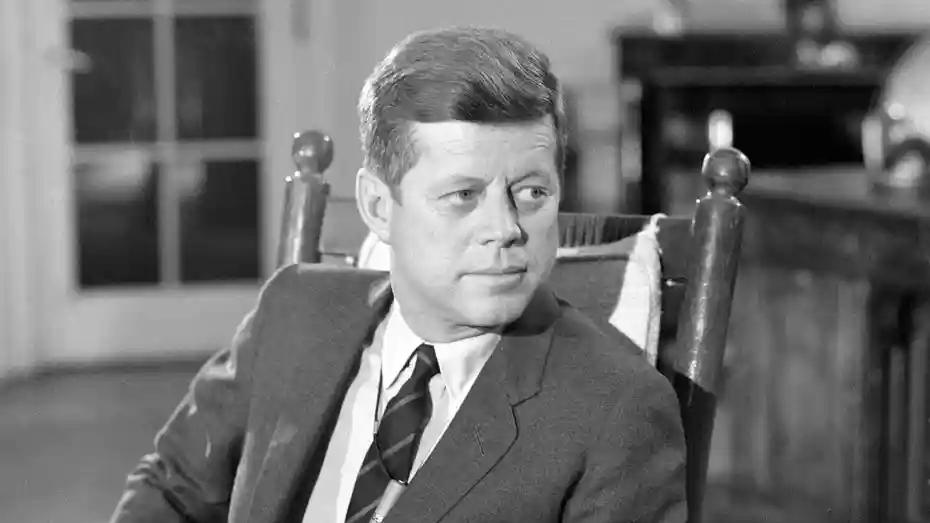

TheConvicting Power that moves us to say‘Yes’tothe vision,work, and risk of makingthings remarkably better for others.”
Power that moves us to say‘Yes’tothe vision,work, and risk of makingthings remarkably better for others.”

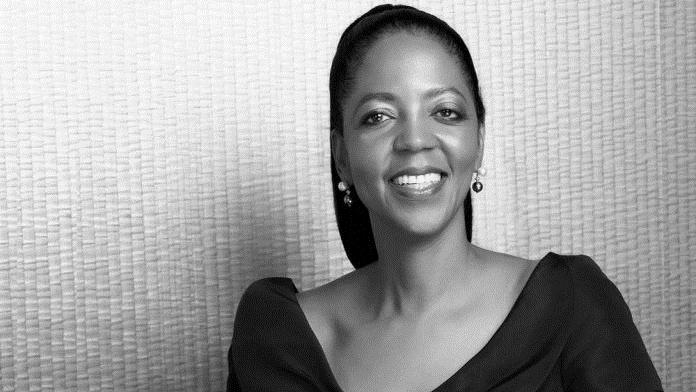
TheConvicting Power that moves us to say‘Yes’tothe vision,work, and risk of makingthings remarkably better for others.”
Power that moves us to say‘Yes’tothe vision,work, and risk of makingthings remarkably better for others.”

• Revisit your why. Let your purpose become louder than your fears.
• Write the vision again. A clear vision strengthens faith.
• Have a courageous conversation. Sometimes fear lingers where clarity is missing.
• Audit your circle. Who you listen to affects whether you say yes or stay stuck.
• Pray or meditate. Spiritual clarity brings supernatural strength.
• Take one small step. Courage isn’t the absence of fear. It’s motion in spite of it.
• Build your faith with facts. Look at past wins. You’ve said yes before...and survived.
• Imagine the cost of not saying yes. Sometimes regret is more dangerous than risk.
• Speak it out loud. Give your yes a voice. Words move vision from idea to action.
• Surround yourself with other visionaries. Your courage grows when you’re not alone.



• You have a global vision
• You have an inexplicable faith and conviction to do something now
• You are willing to make the sacrifice
• You want to see others win

• You serve others well
• You commit to personal growth and growing others
• You design accountable systems, frameworks, and pathways that simplify and improve the quality and impact of the work

3 Questions your team is asking:
• Do I believe you and what you’re saying?
• How will I benefit (personally and professionally) from following you?
• Can I trust you to lead me there?


The fully present state of discerning what people really need to move into a better condition of being, for themselves and the whole.





Presencing ?
“The blend of sensing and presence means to connect with the Source of the highest future possibility and to bring it into the now. When moving into the state of presencing, perception begins to happen from a future possibility that depends on us to come into reality. In that state we step into our real being, who we really are, our authentic self.”



Superficial Listening Deep Listening Spirit Listening
We listen to what they really mean.
We listen to what they’re not saying. We listen to our thoughts.
We listen to how we feel about what they’re saying.
We listen to respond.
We listen to make sure we heard them correctly.
We listen to give an answer.
We listen to how they feel about what they’re saying.
We listen to deliberate.
We listen to make sure they know we heard them correctly.
We listen to ask a clarifying question.
We listen to the deeper meaning of what they’re saying.
We listen to empathize.
We listen so they feel we understood them.
We listen to give them space to talk and process.

Specific (expressed in 15-30 words or less)
Measurable (we can quantify and analyze the effectiveness of every action step)
Actionable (we have the time, talent, and resources to get it done)
Revolutionary (it transforms and makes us remarkably better than before)
Time bound (we’ll accomplish it within X months)
Engaging (it inspires at every organizational level)
Stretches you (we must develop new skills, disciplines, and beliefs in order to achieve the goal)
Team aligned (we optimize our relationships and our collective impact on the goal)


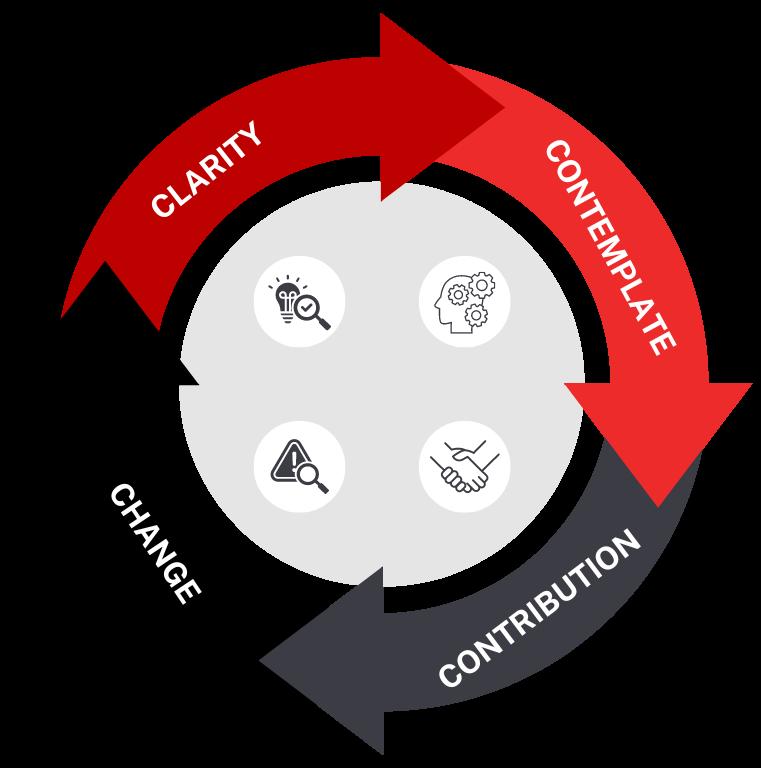

Through a series of systems-driven questions, in-depth dialogue, and comprehensive data analysis, your team will be guided to uncover the root causes of your organizational challenges.
• Clarity: Get clear on what you are trying solve and achieve.
• Contemplate: Explore the problem, how it came to be, and why it remains a problem.
• Contribution: Determine the contributions of each stakeholder and the relationship and impact of their contribution.
• Change: Work through scenarios to uncover the best change efforts to pursue and the cost if things remain the same.
(If you are not aware of how you are part of the problem, you can’t be part of the solution.)


Clarity: Are we clear?
This foundational step ensures everyone is aligned on what problem they are solving and what success looks like. Too often, teams operate with vague or differing definitions of the issue, leading to ineffective solutions. Leaders must establish a shared understanding of what they aim to achieve together before moving forward.
Key Question: Do we all agree on what the problem is and what success should look like?


Contemplate: How are we seeing it?
The way a problem is perceived shapes the way it is addressed. Leaders must take time to explore multiple perspectives by defining what the ideal system should look like, how different individuals and teams see the issue, how it evolved, and why it persists. Encouraging open discussion about recurring symptoms, underlying causes, and systemic patterns helps teams see beyond surface-level frustrations.
Key Question: Are we considering all perspectives and the full context of the problem?


Contribution: What/who contributes to the problem?
Many executive teams instinctively look outside their organization for causes—competitors, policies, market conditions—but often, the biggest contributors to the problem are internal.
Leaders must assess how current policies, procedures, and even leadership behaviors might be reinforcing the issue. Each individual and team should reflect on how they may be unknowingly sustaining the very problem they want to fix.
Key Question: How might we or our existing systems be contributing to this problem?


Change: What are we willing to change?
Identifying the problem is meaningless unless leaders are willing to act on it. In many cases, change efforts stall because key individuals resist shifting their priorities, behaviors, or structures. For transformation to succeed, every stakeholder must commit to specific changes and define their role in making it happen.
Leaders should outline clear objectives and key results (OKRs) to track progress and accountability.
Key Question: What specific actions are we willing to take to create real change?


“How we work, how we work together, and the manner in which we get things
Culture is… who I am and what I do when I’m with you.
Identity is… who I am and what I do because I was with you.



“From
‘Who’ to ‘What’.”

“The Chicken has to taste the same.”

“Keep your head on!”

A crucial, shared operational function (or value) within a system that resolves multiple issues at once (instead of tackling them individually) and drives collective progress toward the organizational goal.
“Executive teams don’t rise to their vision/goals,theyfalltotheirdisciplines.”



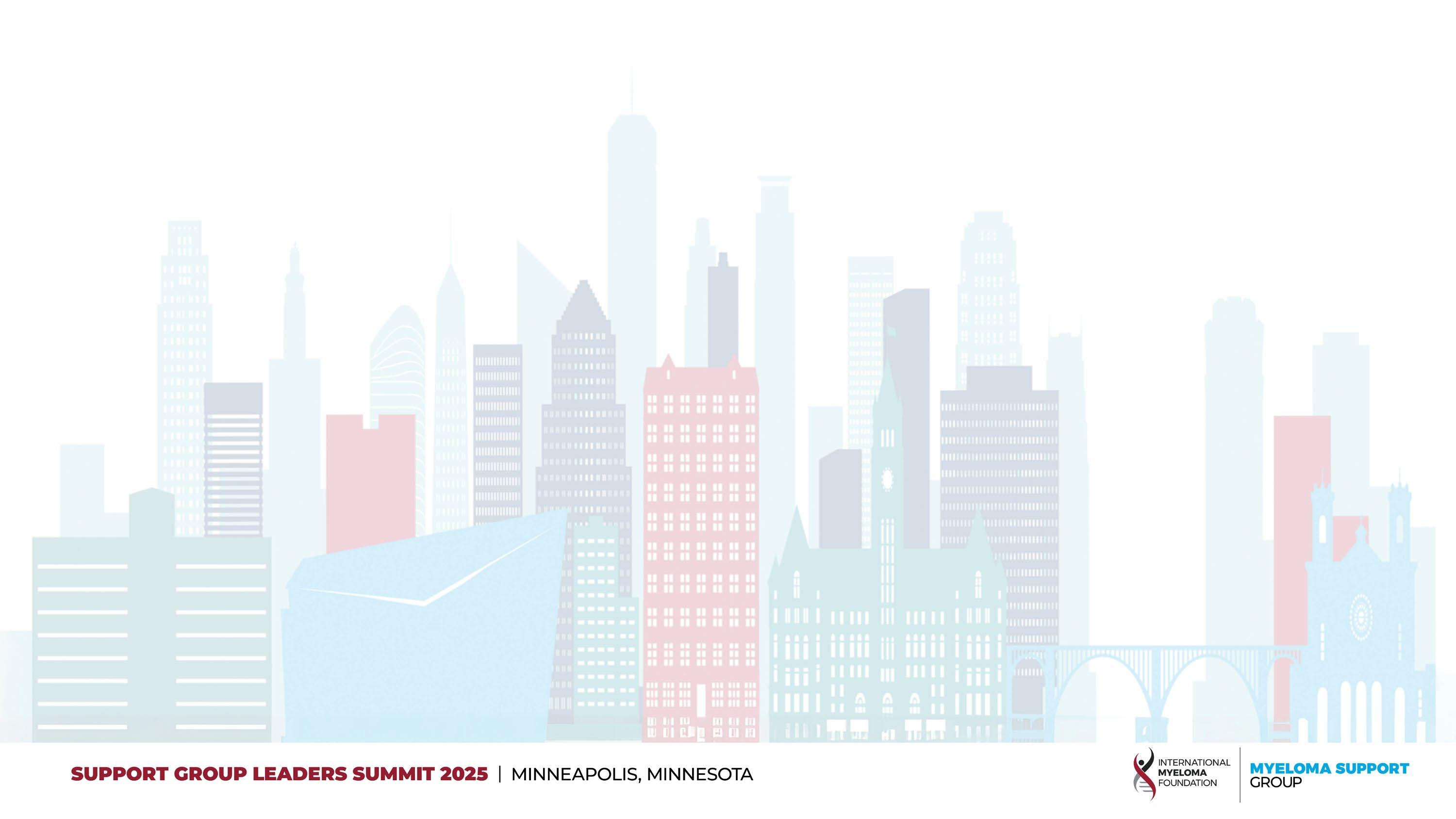

Please use this QR code for






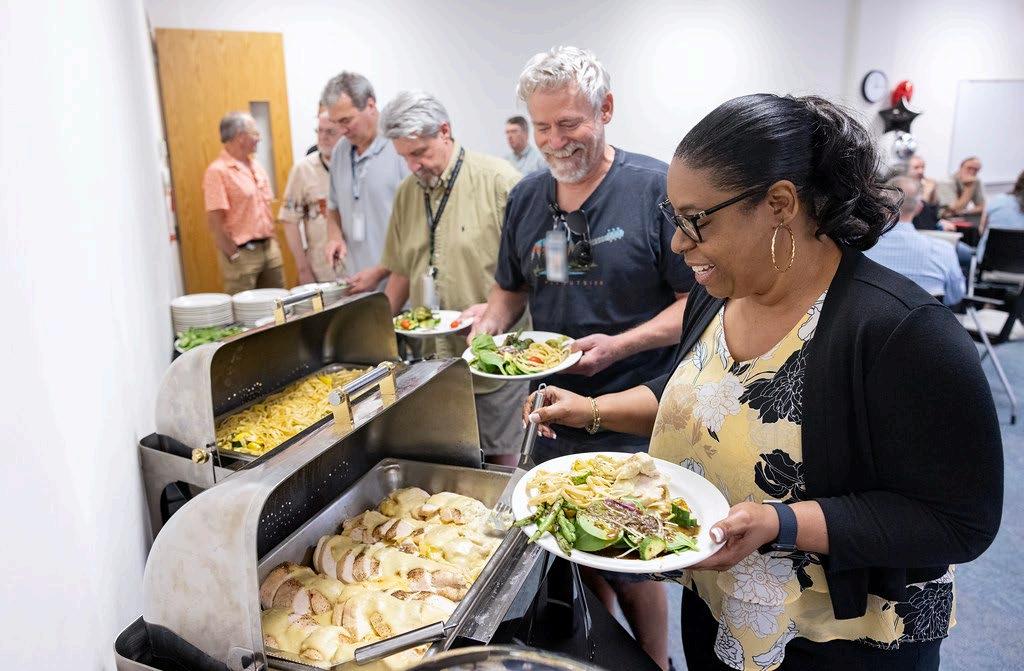





Please plan to utilize your assigned shuttle to the airport. If you have any questions, contact an IMF Meetings team member




Thank You, Leaders, for attending the IMF’s 26th Annual

We hope that you feel inspired to continue your own Hope in Action and embrace both the Art & Science of your Leadership!